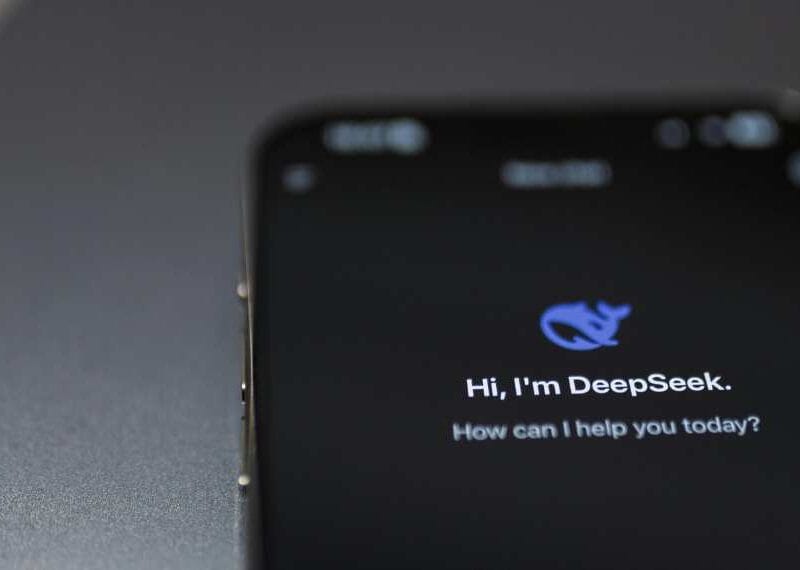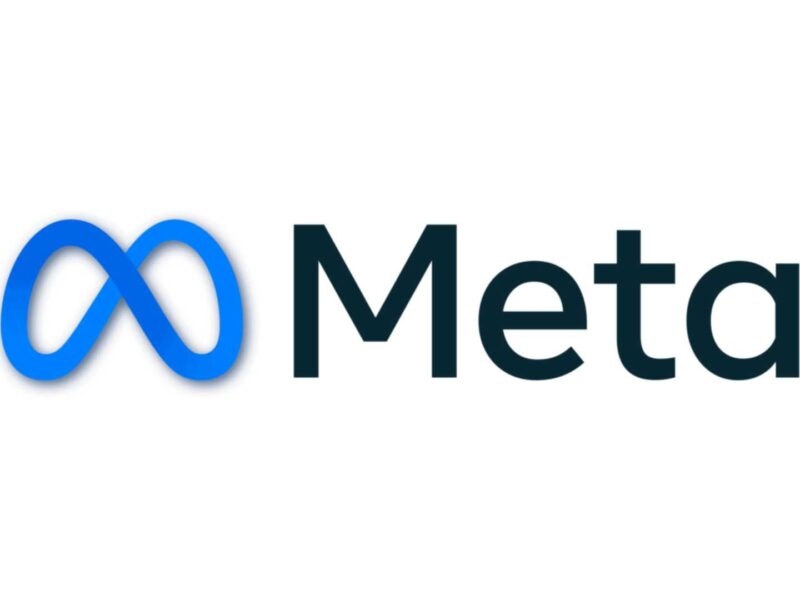Personalizing at Scale: The Critical Shift from Chatbots to AI Agents
As chatbots handle routine queries, AI agents emerge for complex, context-rich interactions, but when to switch is key to retention.
This Techronicler article compiles insights from business leaders, thought leaders, and tech professionals on one trigger signaling the urgent need to escalate from chatbots to AI agents.
Experts highlight emotional frustration, repeated context demands, and abandonment at conversion points as red flags, with latency and lack of memory causing 70% churn spikes.
They recommend monitoring loops, sentiment, and intent complexity to enable seamless handoffs, integrating history and multi-system data for 40% higher engagement.
In 2025’s AI CX boom, these triggers ensure personalized, efficient experiences, turning frustration into loyalty.
Read on!
Repetition Signals Frustration Escalation
The most critical trigger I’ve observed is when customers begin expressing emotional frustration with repetitive explanations.
This typically manifests when customers say things like “I already told you this” or “Why don’t you understand what I need?”
Traditional chatbots reset context with each interaction, forcing customers to re-explain complex situations repeatedly.
At Kerro, we’ve identified this as the breaking point where customer satisfaction plummets dramatically, often leading to 70% higher churn rates.
AI agents, unlike chatbots, maintain conversational memory and emotional intelligence. They can recognise frustration patterns, acknowledge previous interactions, and adapt their communication style accordingly.
When we see customers having to repeat themselves more than twice in a conversation thread, that’s our immediate signal to escalate to AI agent intervention.
The key is monitoring conversation loops, when customers circle back to the same issue multiple times, human-like AI intervention becomes essential for retention.

Pasi Sipila
Founder & CEO, Kerro
Frustration Demands Contextual Memory
One clear trigger that it’s time to move from a chatbot to an AI agent is when a customer starts showing frustration.
Especially if they’re repeating themselves or asking layered questions, such as, ‘Why is this still not fixed after I talked to support last week?’ These kinds of questions require context, memory, and a more human-like understanding, capabilities that traditional bots can’t deliver well.
AI agents, on the other hand, can reference past conversations, pull in relevant account info, and respond in ways that feel helpful, not robotic.
It’s not just about getting the answer right. It’s about making the experience feel effortless and human. Meeting the customer where they are and responding with empathy and intelligence.

Sharon Lorenz
CEO & Founder, Platinum Cubed
Personalization Requires Ecosystem Readiness
Any effort towards true personalization can itself be the trigger.
Do you have the ecosystem in place to enable real-time customer data syncs throughout the enterprise?
Can your current chatbot detect multiple, nuanced intents in a customer’s inquiry?
Are your digital support channels relegated to generic FAQ answering, ticket routing or live agent escalation, or is there a need for more agentic capabilities, both in transactional function and from key system integrations?
Are your customers demanding more fluid, consistent experiences with every brand touchpoint?
Organizations must consider these and similar questions when setting, or elevating, a personalized marketing and support strategy.

Malte Kosub
Co-Founder & CEO, Parloa
Repetition Triggers Agent Handoff
When customers start repeating themselves, it becomes a clear trigger to shift from chatbots to AI agents.
That’s when things start to fall apart. I’ve watched it play out more times than I can count.
A customer gives their info, then gets shuffled around or asked to say it all over again, like no one was listening the first time. It signals two things: context loss and a lack of memory.
At that point, the experience goes from automated to frustrating. A true AI agent, on the other hand, can track, recall, and adapt in real time. It knows the customer’s last issue. It doesn’t treat each chat like a blank slate.
If you’re trying to scale support and still keep it personal, this is the moment that matters. If your system forgets who the customer is mid-conversation, it’s not just a tech issue; it’s a brand issue.

Jason Hishmeh
Co-Founder, Increased
Silent Failures Demand Agent Intervention
A critical trigger for shifting from chatbots to AI agents is when customers are silently failing – repeating context, getting poor responses, and abandoning conversations entirely.
Traditional chatbots create frustrating experiences where customers ask the same questions repeatedly without getting real help.
When chatbots keep responding “can you rephrase that?”customers immediately escalate to human agents after just one interaction, or the same 10-15 questions go unanswered, it’s time for AI agents.
Unlike chatbots that dump pre-scripted responses, AI agents understand customer sentiment, ask clarifying questions, and reason through problems using data from multiple systems.
They don’t just deflect customers – they actually understand context, check customer history across systems, and take action to fix issues end-to-end.
Resolution rates don’t reveal if customers got what they needed or had positive experiences.
When unanswered questions and silent frustration lead to reduced adoption and churn, AI agents become essential.

Mollie Holland
Vice President of Customer Experience, DevRev
Action Requests Need Agent Execution
A clear trigger to shift from chatbots to AI agents is when customers stop asking for information and start expecting action.
When users say “do this for me”, like changing a delivery address or issuing a refund, they’re handing over tasks that require secure authentication, real-time backend access, and policy-aware execution. Scripted bots simply weren’t built for that.
But don’t wait for CSAT to drop or escalation rates to spike, those are lagging signals.
The leading indicator is a rising share of chats requiring personalized, multi-step actions.
When your intent mix shows task-based requests consistently outpacing your bot’s capabilities, it’s time to upgrade.
Agentic AI handles these seamlessly, driving resolution instead of deflection.
Track the shift early, and you’ll move from reactive firefighting to proactive CX transformation before your customers ever feel the pain.

Deepak Singla
Co-Founder & CEO, Fini AI
Hesitation Moments Require Agent Nudge
One key trigger that signals the need to shift from simple chatbots to AI agents is customer hesitation or drop-off at a conversion-critical moment.
Whether it’s booking a cruise, confirming a reservation, or redeeming an offer, prolonged pauses or drop-offs at these points reveal that scripted bots can’t handle the nuance or intent behind the behavior.
That’s where AI agents—like those in the ADEN system—step in. AI agents can have the power to leverage real-time context, historic behavior, and multi-channel cues to personalize follow-up.
For example, in one test at Casino Del Sol, we saw up to 40% engagement when AI agents responded to these “hesitation moments,” compared to less than 10% with traditional outreach. The difference isn’t just automation—it’s understanding customers through the LLMs.

Roman Sandoval
Founder & CEO, The Aden
Bottlenecks Signal Agent Upgrade
Keep an eye out for bottlenecks and monitor KPIs.
If customers regularly abandon conversations, request human assistance, or are frustrated by dead-end responses, the bot is likely failing to meet expectations.
Similarly, if your support team is stuck doing repetitive tasks like copy-pasting data, toggling between systems, or escalating the same recurring issues, it’s probably time for an upgrade.
AI agents can automate these tasks by integrating with internal tools to complete actions in real time.
Additionally, if your chatbot struggles to scale, failing with nuanced queries, multilingual requests, or high conversation volumes, it likely lacks the adaptability required for a modern customer experience.
Personalization positively impacts the customer experience. If replies feel generic and disconnected from their history, loyalty suffers.
On the flip side, AI agents bring the intelligence, integration, and context-awareness needed to resolve issues efficiently and elevate the entire customer experience.

Konstantin Bukin
Director of AI, Saritasa
Complex Queries Exceed Bot Limits
The very first thing to understand about chatbots and AI agents is that they are two different tools that solve different problems.
Chatbots are hard-coded, they deliver specific messages when prompted and are best thought of as handling predefined questions and tasks.
When a customer’s problem is more complex and doesn’t follow the rails of a pre-planned conversation tree, then it’s better for an AI agent to step in.
They’re able to process and understand complex tasks, workflows and dynamic situations by offering tailored solutions, and complete background tasks.
With this in mind, there is a threshold where a customer query becomes too complex for a predefined chatbot and an AI agent needs to step in.
To make sure that this handover is seamless, a well designed chatbot will have a prompt that’s labelled something to the effect of “none of these options are correct”, which should then trigger the AI agent and seamlessly share any collected context.
Both play a role. Chatbots thrive at handling the most common questions and provide easy troubleshooting, ultimately reducing wait times and bottlenecks.
AI agents work best when a customer’s request is tricky, needs personal context, or requires pulling data and actions from different systems, so the issue gets solved right away instead of being passed to a human.
Ultimately helping customers resolve issues the most efficiently, leaving happy customers, more time and resources for human agents, who should be reserved only for the most complex problems.”

Jonathan Mckenzie
AI CX Leader, 8×8
On behalf of the Techronicler community of readers, we thank these leaders and experts for taking the time to share valuable insights that stem from years of experience and in-depth expertise in their respective niches.
If you wish to showcase your experience and expertise, participate in industry-leading discussions, and add visibility and impact to your personal brand and business, get in touch with the Techronicler team to feature in our fast-growing publication.











